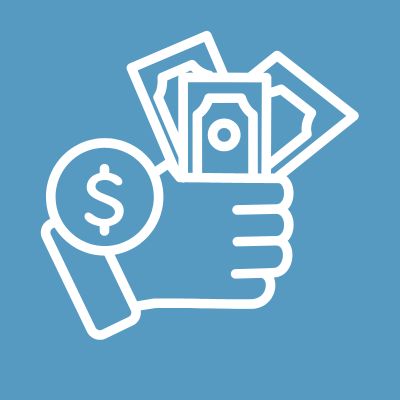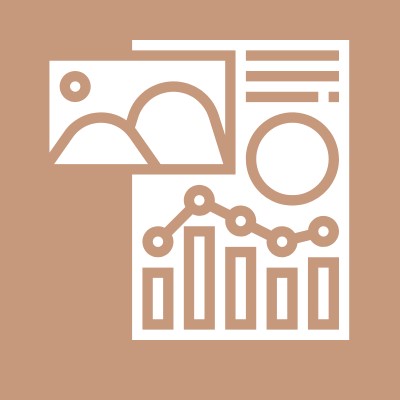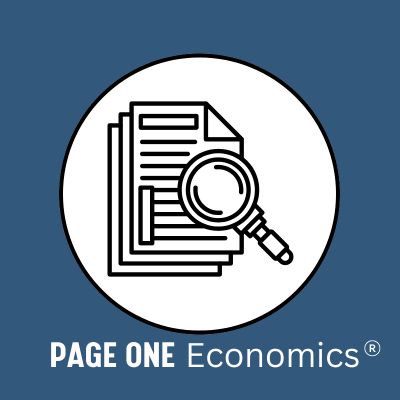Tools for Teaching the Arkansas High School Economics with Personal Finance Course
The Arkansas Toolkit equips teachers with ready-to-use lesson guides and resources that are aligned with state standards.
{{searchResultSnippet}}
 Back to All
Back to All

Refund anticipation checks are often offered by tax preparers as a way to get your tax refund faster than normal—especially if you don’t have a bank account. This video assignment takes a look at the costs of these options and suggests some cheaper alternatives.
So, we've been talking a lot lately about the types of financial services that are typically provided by banks and credit unions, but that can also be provided by other types of companies. Today I want to stick close to that theme and talk about a couple of financial services that often carry very heavy fees and high interest, and some alternatives to those costly services. The first service I want to talk about is the Refund Anticipation Check, which is a temporary bank account that a tax-preparation service can set up for the tax-payer (that's you) so that the IRS can direct deposit a tax refund. These are popular both as a way to get a refund faster than a paper check for folks without a bank account, and as a way to pay for tax preparation service when you don't have the money up-front. The fee for the account setup is typically around $30 on top of the fees - usually around $200 - charged for preparing the taxes. Unfortunately, studies show that there are often other hidden or unexpected fees that tax preparers add-on, as well, for things such as e-filing or document processing. If you were to think of the fees associated with a Refund Anticipation Check in terms of a loan, you would be looking at an Annual Percentage Rate equivalent to 260%. What's more, according to the National Consumer Law Center, whose mission is to work for consumer justice and economic security for low-income and other disadvantaged people, getting a Refund Anticipation Check will not get you your tax refund any faster than having the money direct deposited into your own regular bank or credit union account or onto a prepaid card. The other service is like the Refund Anticipation Check, but potentially even more costly. Refund Anticipation loans, which are short-term loans that are meant to be paid back when the borrower receives her tax refund, often have triple-digit interest rates and can leave the borrower owing more money than the refund if the refund doesn't show up as quickly as the lender suggested it would. While the Federal Deposit Insurance Corporation has prohibited banks from making Refund Anticipation Loans because of questionable legality, many alternative financial service providers, like check cashing stores and payday lenders are able to issue these loans. Over 80% of Americans receive a tax refund each spring. Tax payers who receive large refunds, including those eligible for the Earned Income Tax Credit, or EITC, are often the target of heavy advertising by all sorts of businesses, from appliance, furniture and car dealers to tax preparers and payday lenders. The best alternative to expensive Refund Anticipation Checks and Loans is to prepare your taxes yourself for free online and have the money direct deposited into your own account at a bank or credit union. The IRS has a website to walk you through the whole process at http://freefile.irs.gov. If you don't have a computer with internet connection, you can always use one at the local library. Many churches and community centers have volunteers who are able to help you file your own taxes as well.

Tools for Teaching the Arkansas High School Economics with Personal Finance Course
The Arkansas Toolkit equips teachers with ready-to-use lesson guides and resources that are aligned with state standards.

Checking and Savings Accounts | It's Your Paycheck Lesson 3
Discover the differences between checking and savings accounts.

Banks & Interest
Illustrate factors to consider when selecting a bank.

Meeting Financial Goals—Rate of Return (Lesson 2B)
Show the two ways that investments can earn a return.

Bankruptcy: When All Else Fails
Discuss earning income, budgeting, late payments, and collections.

To Rent-to-Own or Not to Rent-to-Own?
Review the elements of a contract.

Mortgage 101
Provide basic information about mortgages.

College Choice 101: Choosing the Right College for You
Develop a framework for making decisions about college.

College Choice 101: For-profit, Nonprofit, and Your College Options
Examine the costs and benefits of various post-secondary education options.

College Choice 101: Financial Aid
Explain various financial aid options for attending college.

College Choice 101: FAFSA
Provide an overview of the Free Application for Student Aid, or FAFSA.

Car Insurance 101: Coverage and Cost Basics
Introduce car insurance coverage and cost basics.

Car Insurance 101: Types of Coverage, Optional Add-ons, and Possible Discounts
Discuss types of car insurance coverage, optional add-ons, and possible discounts.

Banks and Alternatives 101: Intro
Look at the costs and benefits of using alternative financial services.

Banks and Alternatives 101: Fees, Fees and More Fees: It all Adds Up
Weigh the benefits and costs of rent-to-own and “buy here, pay here” options.

Forms 101: Filling out the I-9 Form
Introduce the I-9 form.
{{resourceTitle}}
{{resourceBlurb}}